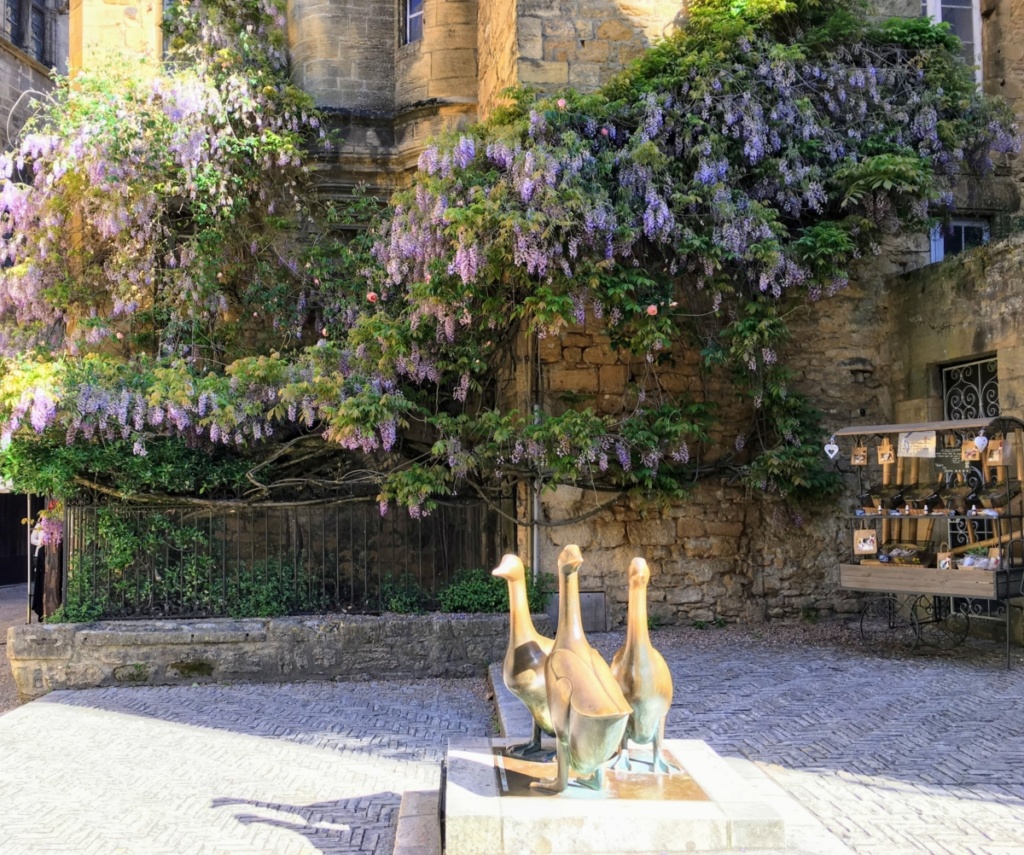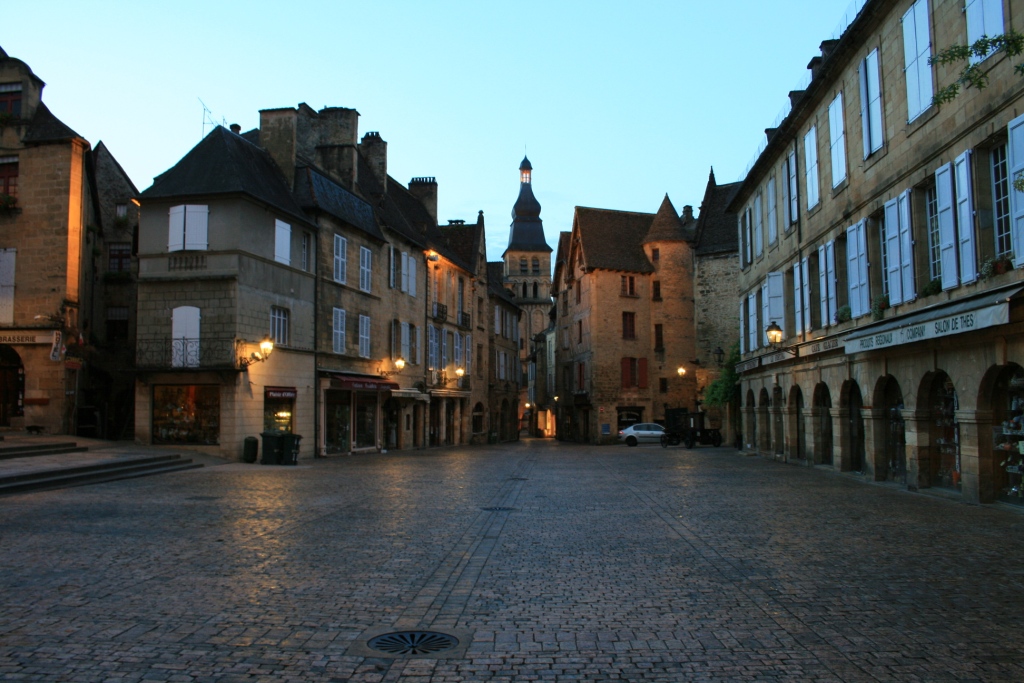History of Sarlat - la - Caneda | Snapshot
Beautiful Sarlat is a medieval town that developed around a large Benedictine abbey of Carolingian origin. The medieval Sarlat Cathedral is dedicated to Saint Sacerdos. Because modern history has largely passed it by, Sarlat has remained preserved and is one of the towns most representative of 14th century France.
1962
The Malraux Law was passed which saw Sarlat restored and saving many buildings from demolition. The architect of this law Andrea Malraux was at time the French Cultural Minister who during WWII had been a member of the resistance in Perigord
820 – 840
Presumed foundation of a Benedictine Monastery by the monks of Calabre abbey who transported the relics of St Sacerdos, the bishop of Limoges to the site.
1147
Saint Bernard, returning from the crusades, visits Sarlat and preforms the famous miracle of the “loaves which cured” handing bread to the town folk claiming it to cure all as evidence of the true God.
12th century
The citizens of Sarlat swear loyalty to King Louis VIII.
1229
On signature of Book of Peace, the townspeople acquire their political independance and can now govern themselves freely through their consuls.
13th August 1317
Pope Jean XXII makes Sarlat a diocese; the city is growing rapidly with 6000 inhabitants. Hundreds year war The town remains loyal to the king of France and courageousley resists but with the treaty of Bretigny in 1360, Jean le Bon delivers the entire Perigord region to Edwards III of England.
1450 – 1500
After a devastating war, a new period of prosperity begins for the town. Numerous houses and private residences are built as well as Saint Marie Church. The early 16th century is marked by many plaque epidemics and famine which was rampant in 1516
Wars of Religion
For the first time in its history Sarlat is taken by suprise on the 22nd February 1574 by the knight of Vivans, the Protestant leader. The town is pillaged and occupied for three months and the relics of Saint-Sacerdos are destroyed.
1587
The Viscount of Turenne attempts to occupy the town but despite 6000 troops, Sarlat resists the protestant assault which was to raise the raise the seige.
Late 16th, early 17th century
The Croquant revolt, a Perigord peasant movement, shakes the region but has very little effect on Sarlat.
1652
“La Fronde” was the last important historical event in the city. Marsin, the lieutenant of Conde, took Sarlat by seige and pillaged it over a period of 3 months. Life in Sarlat became more peaceful up until the Revolution during which the city remained moderate. During the Bonaparte consulate and the administrative re-organisation of the country Sarlat lost many of its privileges. It thus became the sub-prefecture of the department. The royal court of justice was replaced by a magistrates court, the city lost its rank of diocese and the last bishop was transferred.
1836 – 1840.
Rue de la République was built, cutting the old town-centre in half and destroying many old buildings. This street is now the main shopping street of Sarlat.
1882.
The railway station was built, from which point it was possible to reach Bordeaux.
1962
The Malraux Law was passed which saw Sarlat restored and saving many buildings from demolition. The architect of this law Andrea Malraux was at time the French Cultural Minister who during WWII had been a member of the resistance in Perigord

